A Solution for Empty Spaces
Transforming Sacramento’s Vacant Properties into Vibrant Parts of Our Community

The Problem
Everywhere you look you see unoccupied commercial buildings. Many that have been without tenants for years. At the same time, next-door businesses struggle and are forced to close because they can’t afford rent at their current location.
Meanwhile, residents of Sacramento are displaced from their homes, and neighborhoods have become dirtier and less-well-kept as vacant commercial spaces remain unfilled. Empty lots across Sacramento are ubiquitous despite multi-million dollar homes that can be found in immediately adjacent lots.
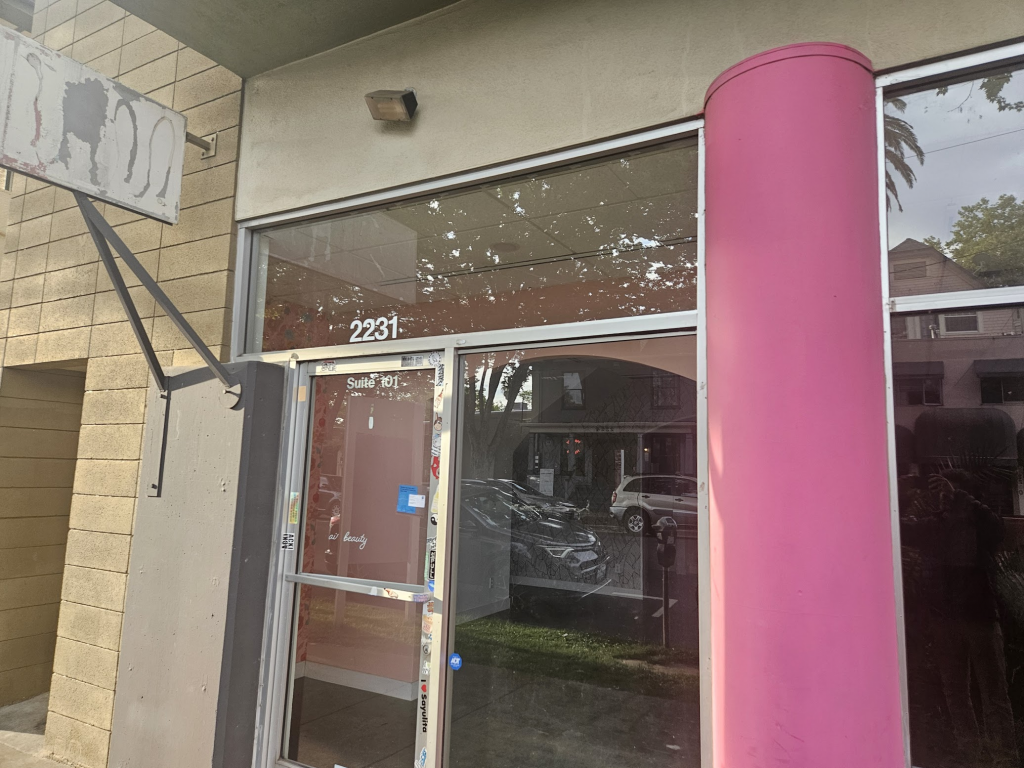
Having state workers commute to downtown Sacramento can’t fix this problem. But new economic policies can.
It’s time for Sacramento to do something
This is a market failure.
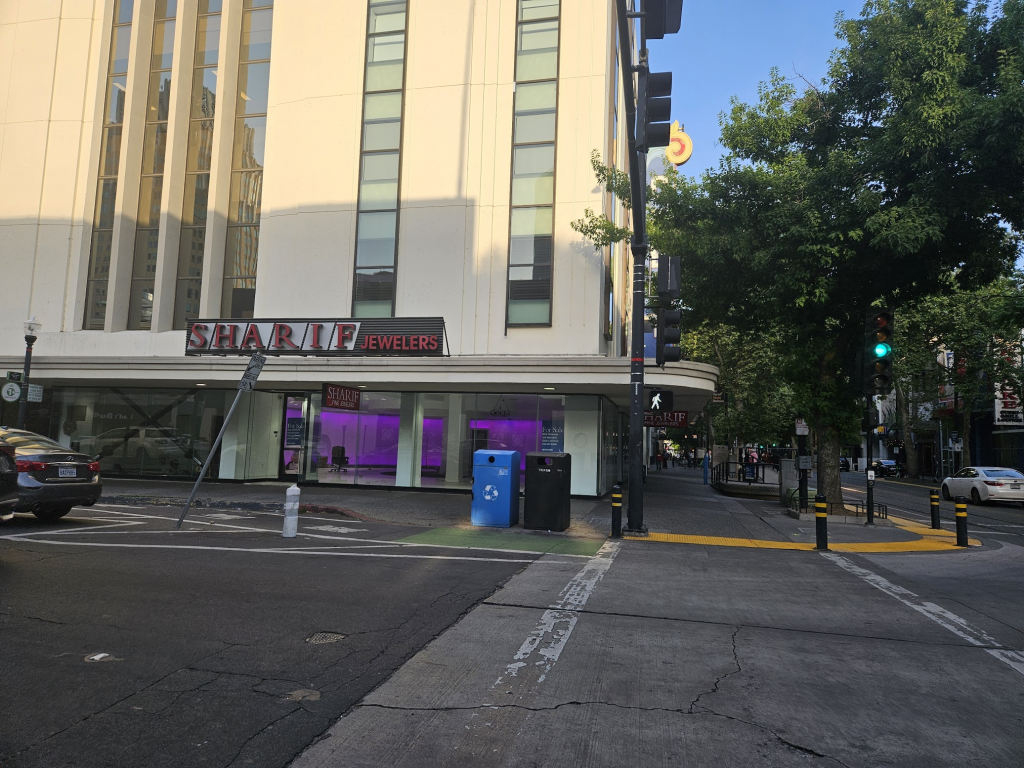
What are Market Failures?
Efficient markets operate based on principles of supply and demand. Market competition will drive down costs to ensure that oversupply of any one thing is eliminated.
If Sacramento’s commercial property market were operating efficiently, commercial rents would continue to decrease until vacancies were eliminated. That’s not what’s happening. We have an oversupply of vacant commercial properties, and rents for these properties are not significantly decreasing.
This is because commercial property owners are not incentivized to rent out existing properties at lower rates. Any decrease in asking rent would result in a devaluation of their property, which would show up as a loss for the companies that get rich by hoarding land, while returning nothing to the local community.
Between the broken tax code and increasing land value in California, property owners often find it more compelling to let properties sit vacant than to lower asking prices for rent to make it affordable for a business to move in.
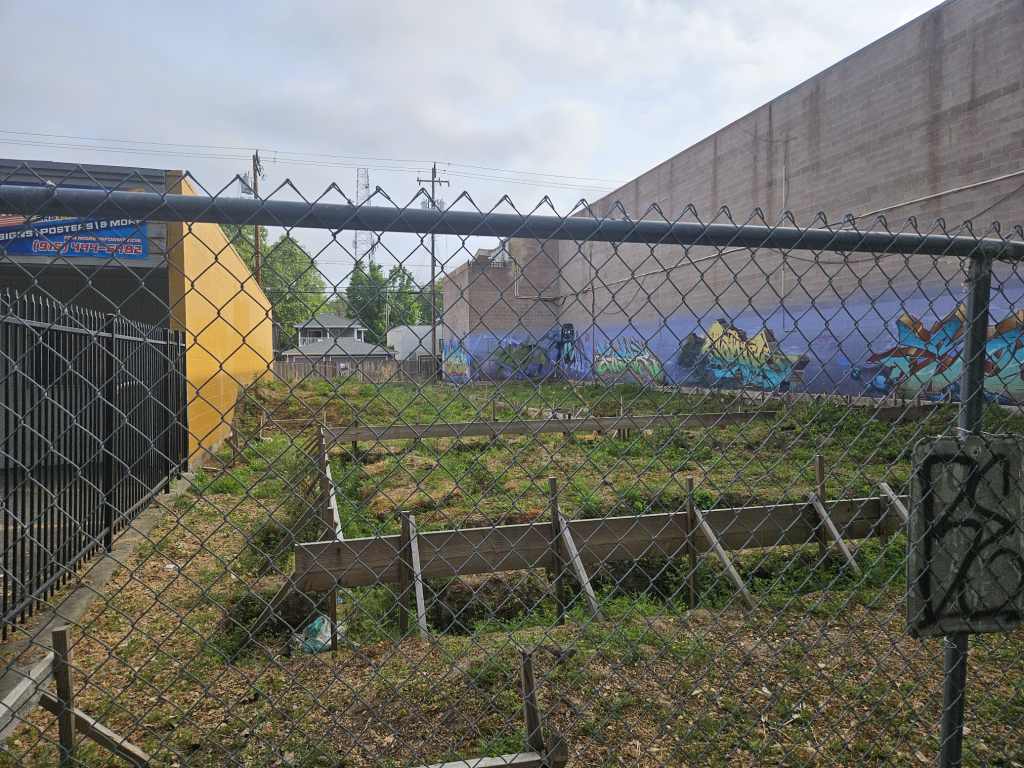
What can be done?
We need to fix the economic conditions that cause commercial properties to remain vacant. Policy should encourage the development, rather than hoarding, of vacant lots and buildings. Sacramento policies should be adopted to specifically discourage socially detrimental business practices leading to a surplus of unoccupied properties while simultaneously local businesses struggle to pay rent and California’s housing crisis persists.
To resolve this ongoing market failure, Sacramento needs to adopt vacancy fees.

What can I do?
The city can enact policy that makes a difference! You need to contact and bother city council members and the mayor to ensure that they are supportive of vacancy fees, and make establishing vacancy fees a priority.
Vacant properties are a choice
Our Solution
There is a simple solution to the problem: a vacancy fee.
What is a Vacancy Fee?
A vacancy fee is a fee that would be established by the city council. Once established, the relevant fee is calculated for each vacant property in the city, and charged to property owners that choose to maintain vacant commercial spaces or vacant and abandoned lots that are not undergoing development agreements. Property owners would be required to pay this fee for specific kinds of properties that remain vacant beyond a set period of time.
What is a reasonable fee to charge?
Setting the appropriate fee is the most difficult part of enacting a vacancy fee. Ideally, the vacancy fee should incentivize property owners to fill their spaces, or to sell their spaces so they may be developed for alternative uses. We suggest a graduated fee structure.
Why aren’t property owners trying to fill vacancies?
Right now, property owners are incentivized to hold on to vacant spaces, and to maintain high rents, because the asking rent is directly tied to the declared value of the property, which directly impacts the declared assets and overall valuation of the company holding real estate.
Various California land-use and zoning laws have caused housing prices to increase at rates significantly higher than inflation for many decades. This has made hoarding land in urban environments a lucrative investment for speculators. Commercial real estate owners anticipate that California policy will continue to increase land values, further eroding incentives to sell or utilize empty spaces.
Calculating a reasonable fee
A fair fee would fully recover the expected capital gains and tax benefits that property owners might otherwise receive due to land hoarding and speculation.
Land hoarding and speculation do not benefit our community
Speculative investments often extract value from the community while allowing property owners to profit from the hard work and labor of others that improves our community.
Vacant lots or properties that are unlisted yet remain vacant should be charged fees according to the total prevailing rental rates affiliated with all land-use designations for similar lot sizes in the area.
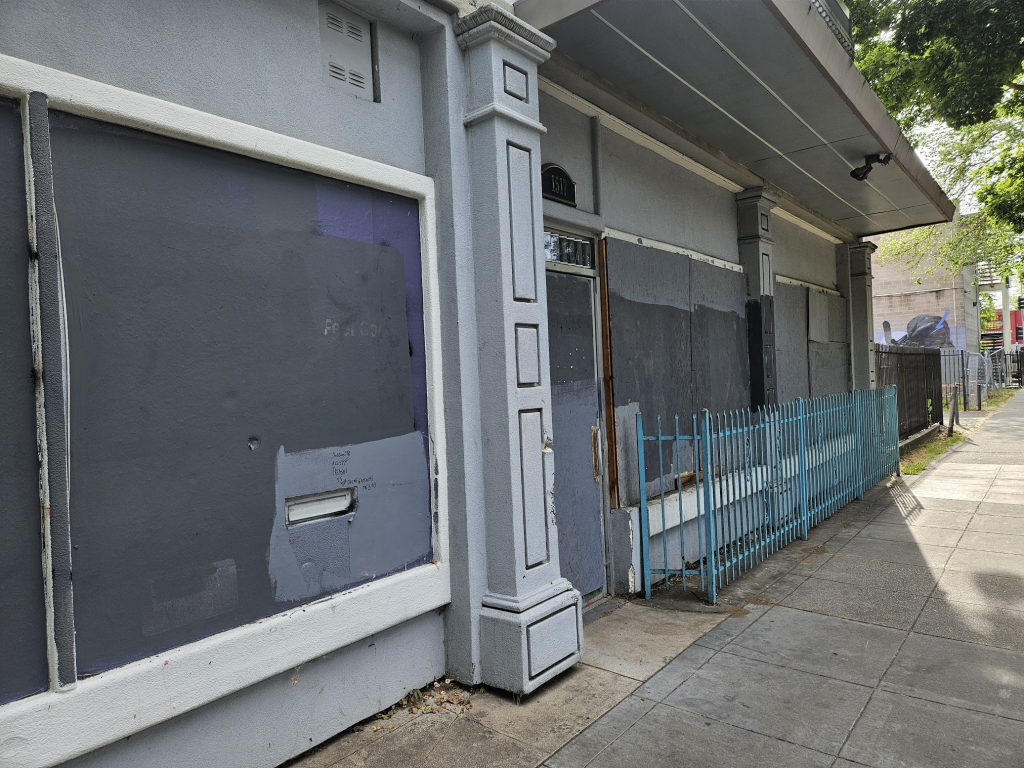
A Graduated Fee Structure
A tiered fee approach can discourage speculative pricing while giving property owners a clear incentive to adjust their rates competitively:
- Base Fee: Impose a moderate fee once a property qualifies as underutilized. The base fee should be a fixed percentage of the asking rental rate for the property (e.g. 10% of the monthly rental rate).
- Abandoned Lots and Unlisted Spaces: For abandoned lots or properties that are not actively marketed and remain vacant, the applicable base fee should be calculated using prevailing market conditions. For instance, rental rates and property values affiliated with properties in close proximity to the vacant property with a similar lot size could serve as an adequate proxy for the fair market value.
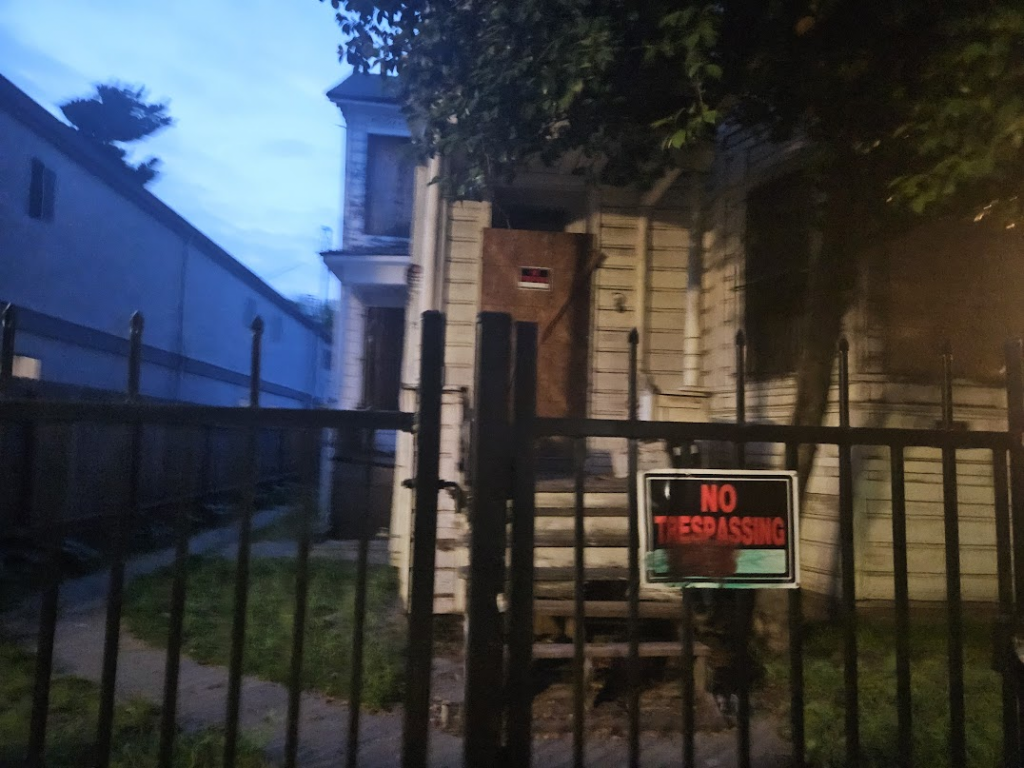
- Escalation Mechanism: If the property remains vacant, the fee should increase. For instance, every month the fee could increase by a fixed percent. An escalating fee will encourage owners to either reduce their rental rates to reduce vacancy, or to consider alternative uses for the space and pursue active development.
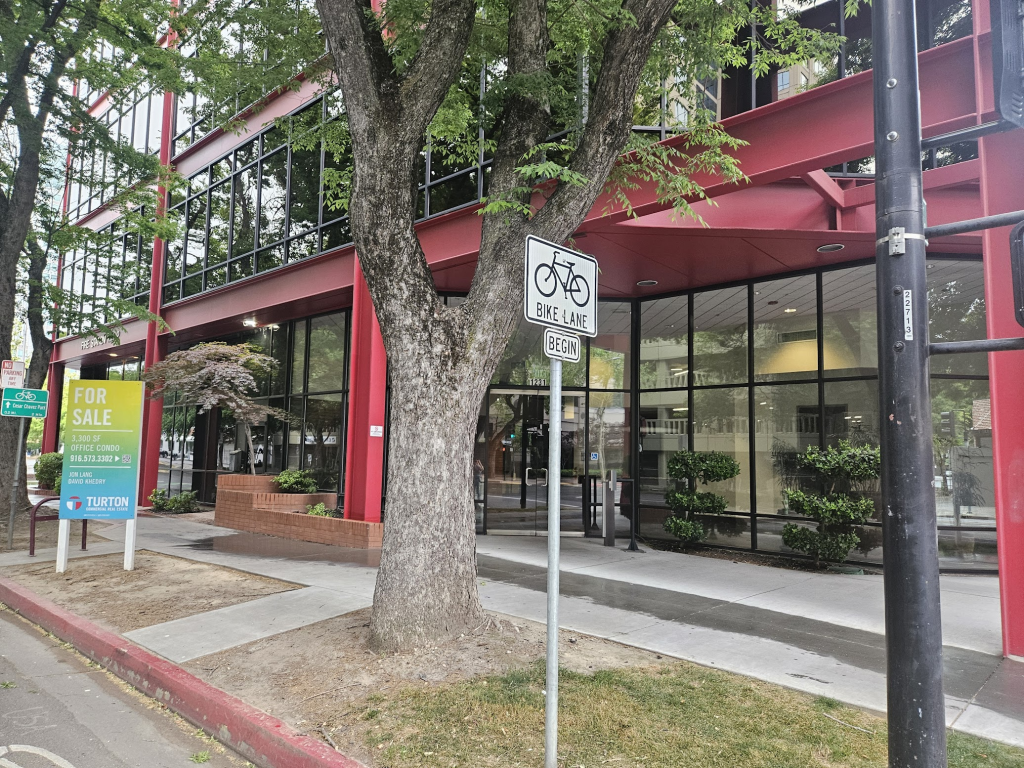
A Vacancy Fee Will
- Incentivize commercial real estate owners to decrease their asking rents until new store fronts appear
- Reduce inflationary pressures on services and products offered by local businesses
- Create more vibrant communities
- Support converting unprofitable commercial spaces into housing
- Encourage infill development for vacant lots
Property owners that benefit from abandoned lots cost us a lot.
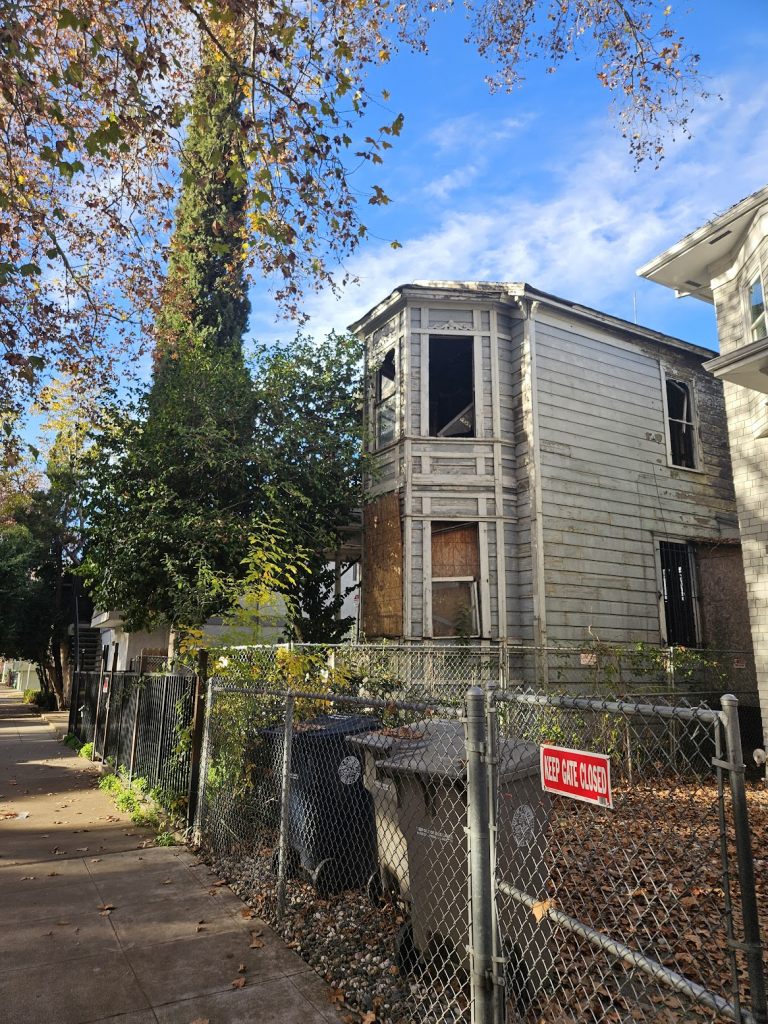
faq
Frequently Asked Questions
Below is a set of frequently asked questions
Should vacancy fees apply to existing residential units?
We do not recommend charging vacancy fees on legally habitable dwellings at this time.
A vacancy fee is necessary to address the specific market failure that comes from having an oversupply of commercial spaces and insufficient demand to fill these spaces at the price being requested.
Sacramento’s housing market suffers from an insufficient supply of housing. A residential vacancy fee could increase housing costs, and make it more difficult to build new housing. To address housing costs, more housing will need to be built.
Why haven’t we had a vacancy fee before?
The market had previously been more competitive. New commercial spaces came into existence as demand in the area for spaces increased. As California housing costs have continued to increase, commercial spaces have raised their rents. Since the pandemic and the rapid increases in the costs of goods and services, there has been a significant shift in consumer demand and in the locations where they demand goods and services.
In a competitive market, commercial spaces would decrease their asking rents until spaces were one again filled. However, decades of tax policy and other business incentives work together to encourage property owners to hold their properties as speculative investments, with limited incentive to lease their properties at competitive rates.
Doesn’t the city already have a vacant lot fee?
Yes. The city’s vacant lot program is a laughable $70 per year. These fees should instead be tens or hundreds of thousands of dollars per year — the economic value that comes from using that land for housing or other productive uses that benefit our community.
Will a vacancy fee increase business expenses?
No. A vacancy fee will make it less profitable for large, profiteering commercial real estate investors to hold on to vacant properties. This will make it more affordable for businesses to start in the area. Because rents will decrease in response to vacancy fees, existing businesses will be able to similarly negotiate more-favorable rates, which will decrease their costs. Savings in rental costs will keep costs lower, and will allow for more vibrant restaurants, retailers, and services to start up in Sacramento.
How long should a property be allowed to sit vacant before paying fees?
Housing and other commercial spaces may have difficulty immediately finding tenants. 90-day search periods are likely adequate for most property owners to find a new occupant, or to decide a specific property should be put toward an alternative use and to enter into a development agreement.
An annual fee assessed on properties based on the number of months, less a 3-month grace period, that the property has sat vacant for in the preceding 12-month period, and where the property has not been undergoing active development is likely sufficient.